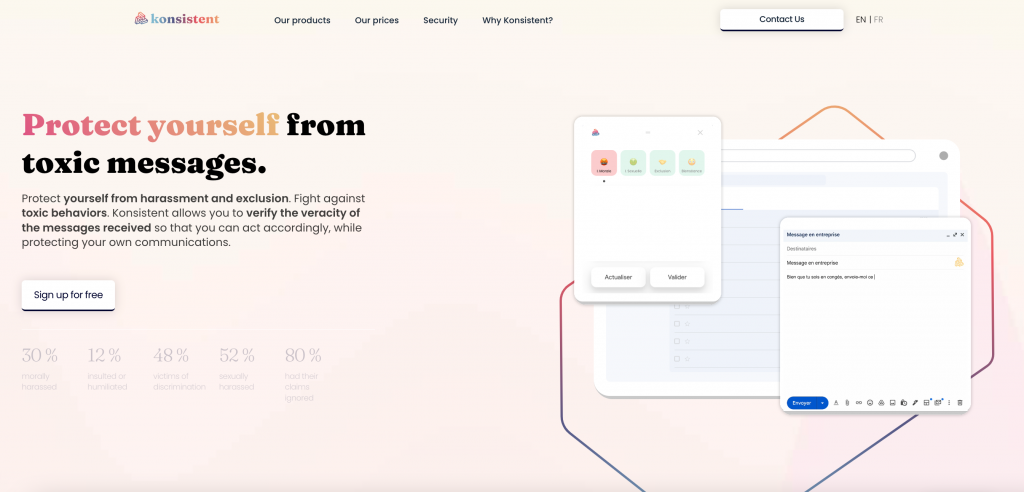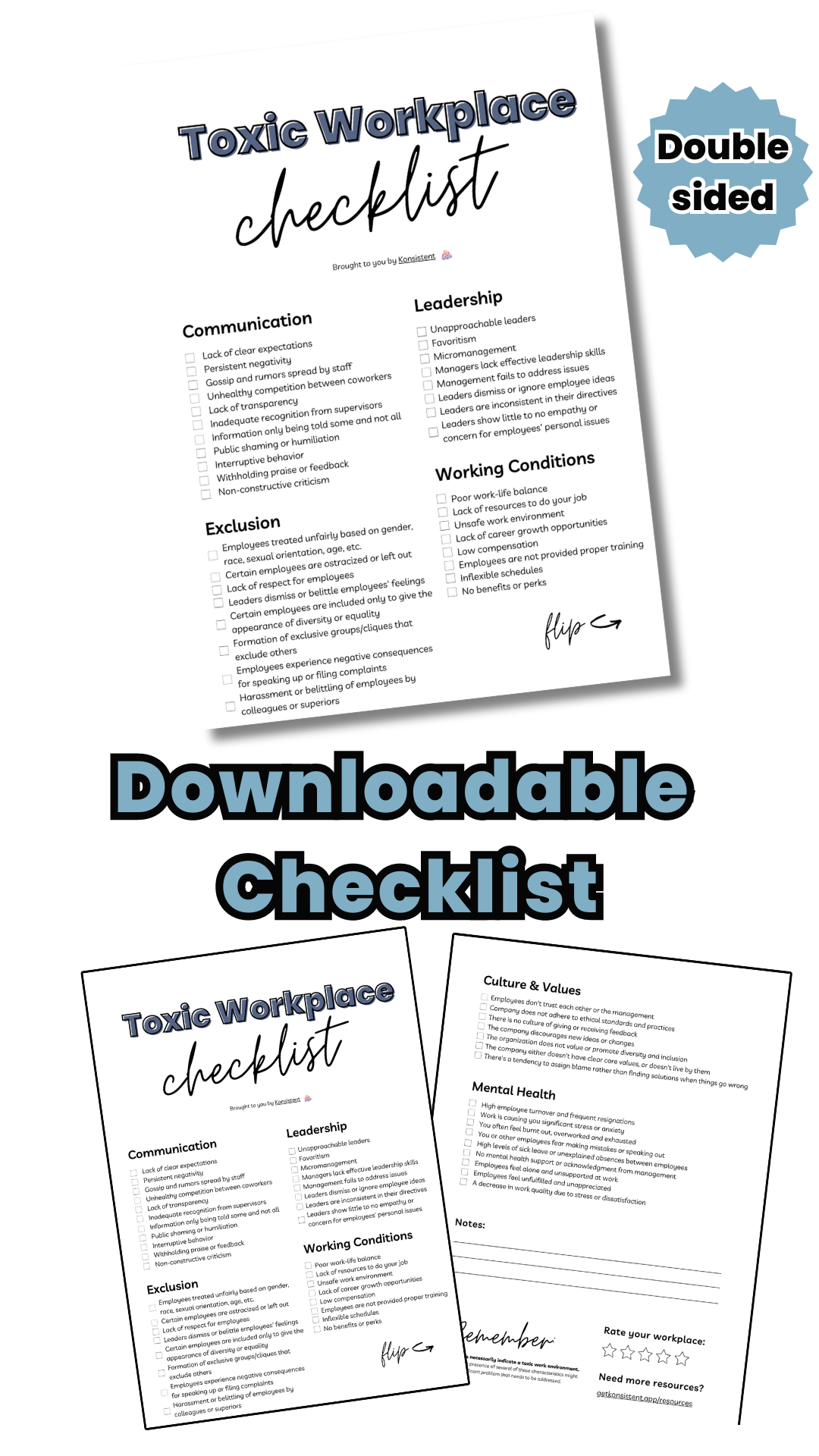What is Workplace Exclusion? The Common Signs & Solutions
12 May 2023 | 4 mins read
- Employee resources
- HR resources
Workplace exclusion is a pervasive issue that can create a toxic work environment, affecting both individual and collective productivity. This article aims to shed light on the different forms of exclusion, its impact, and how it can be addressed.

If you’ve ever felt left out of the loop at work, excluded from the group chat at work, or excluded from work social events, you may have experienced workplace exclusion.
Before delving into the details, let’s begin by defining what workplace exclusion is.
What is workplace exclusion?
The workplace exclusion definition is generally understood as the process where certain individuals or groups are systematically disadvantaged because they are discriminated against on the basis of their ethnicity, race, religion, sexual orientation, caste, descent, gender, age, disability, HIV/AIDS status, migrant status or where they live.
Are you feeling stressed, unvalued, or isolated at work but can't quite put your finger on the root of the issue?
Our comprehensive 'Toxic Workplace Checklist' could provide the clarity you're seeking. This checklist, designed by our language detection experts at Konsistent, pinpoints key signs of an unhealthy work environment, empowering you to better understand and navigate your professional sphere. Download your free copy today, and take the first step towards a more inclusive, respectful, and supportive workspace.
The Impact of Exclusion
Exclusion in any form can have severe impacts, particularly when it takes place in environments where we spend a significant amount of our time, like the workplace.
According to 10 issues that kill workplace productivity, exclusion can lead to decreased productivity, lowered morale, and increased stress.
This issue isn’t limited to a personal level; it contributes to broader social exclusion as well. When we talk about what is social exclusion in the workplace, we refer to instances where individuals are systematically disadvantaged and marginalized.
Not being included in important email chains or being left out of the loop at work are typical exclusion examples at work.

One of the alarming signs of exclusion is being excluded at work by manager. This can create feelings of isolation and insignificance, leading to decreased job satisfaction and mental distress.
More severe instances may even warrant a workplace exclusion lawsuit.
A workplace harassment prevention tool like Konsistent can help in identifying such instances early and addressing them before they escalate to legal issues.
This is just the beginning of our journey to understand and tackle workplace exclusion. Keep reading to learn more about how to identify the signs you are being excluded at work and what you can do about it.
Examples and Forms of Exclusion
Let’s start by looking at some exclusion examples. Exclusion can manifest in many ways, from subtle disregard to blatant discrimination. Some signs of exclusion in the workplace include:
- Not being invited to work meetings or social events
- Being intentionally left out of important communication or decision-making
- Being ignored, interrupted, or talked over in meetings
- Unequal treatment or opportunities compared to peers
One specific form of exclusion is being excluded at work by manager. This can take the form of a manager consistently ignoring an employee’s input, bypassing them for promotions or opportunities, or excluding them from team activities.
Another common form of exclusion is being excluded from work social events. This can make employees feel undervalued and alienated from their team.

Exclusion can also come in the form of discrimination, bias, or harassment, all of which can be grounds for a workplace exclusion lawsuit. It’s crucial to recognize these behaviors, which you can learn more about in our article on what is considered harassment.
It is important to understand that these are just a few exclusion at work examples, and it can take many other forms.
Handling Exclusion in the Workplace
If you’ve identified some of these signs you are being excluded at work, it’s essential to know how to handle it.
First, it’s important to communicate your feelings assertively but respectfully. This might mean speaking to the person causing the exclusion or discussing the issue with your manager or HR.
If you find yourself excluded due to a bias, it’s crucial to address it directly. Our article on what is unconscious bias in the workplace can provide some useful insights.
Unfortunately, sometimes addressing the issue at work doesn’t lead to resolution. In cases of severe exclusion, it may be necessary to consult with a legal professional. Our guide on when to call a workplace harassment lawyer offers some advice on when this might be appropriate.
Remember, everyone has the right to feel included and respected at work!
The Role of AI in Detecting and Preventing Exclusion
Here at Konsistent, we’ve developed an AI language detection app that can help detect harmful speech, harassment, and exclusion in real-time.

You can find out more about this in our Konsistent Protective Intelligence guide. This innovative tool can help identify signs of exclusion early, allowing for prompt intervention and prevention.
Organizational Strategies to Address and Prevent Exclusion
Addressing exclusion at work goes beyond individual efforts; it requires structural changes within an organization. Here’s how workplaces can tackle this issue:
- Promote Inclusion and Diversity: An inclusive workplace culture that values diversity is the first step in addressing exclusion. Employers should actively strive to create an environment where everyone feels valued and included. For more insights, check out our post on the importance of HR for startups, which discusses the role of human resources in cultivating an inclusive culture.
- Anti-Discrimination and Harassment Policies: A strong policy that clearly outlines what constitutes discrimination or harassment can deter exclusionary behaviors. It’s also essential that employees know how to report such incidents. Visit our What is Quid Pro Quo Harassment guide for a better understanding of one form of workplace harassment.
- Training and Education: Regular training can help employees recognize and avoid exclusionary behaviors. Training should also cover unconscious bias, as explained in our post on unconscious bias in the workplace.
- Open Channels for Communication and Feedback: Creating a platform where employees can express their concerns without fear of retaliation can help identify and address exclusion issues. Learn more about this in our article about effective workplace communication in the digital age.
Conclusion
Exclusion is a serious issue that can negatively impact individuals and the workplace as a whole.
It’s vital for everyone to understand the signs you are being excluded at work, from being excluded at work by manager to feeling left out of the loop at work.
With Konsistent’s AI language detection app, we hope to contribute to promoting mental health and inclusivity in the workplace. Through awareness, education, and proactive measures, we can collectively create a more inclusive and respectful work environment.
Resources and Further Reading
For those who wish to explore this topic further, here is a list of resources:
- Signs of a Hostile Work Environment
- Is Yelling in the Workplace Harassment?
- What are the Signs of Age Discrimination?
- Body Language in the Workplace
- How to Prove Harassment at Work
- Accent Bias in the Workplace
We hope this article has been insightful and encourages more conversations about workplace exclusion. Together, we can make the workplace a more inclusive and respectful environment.







